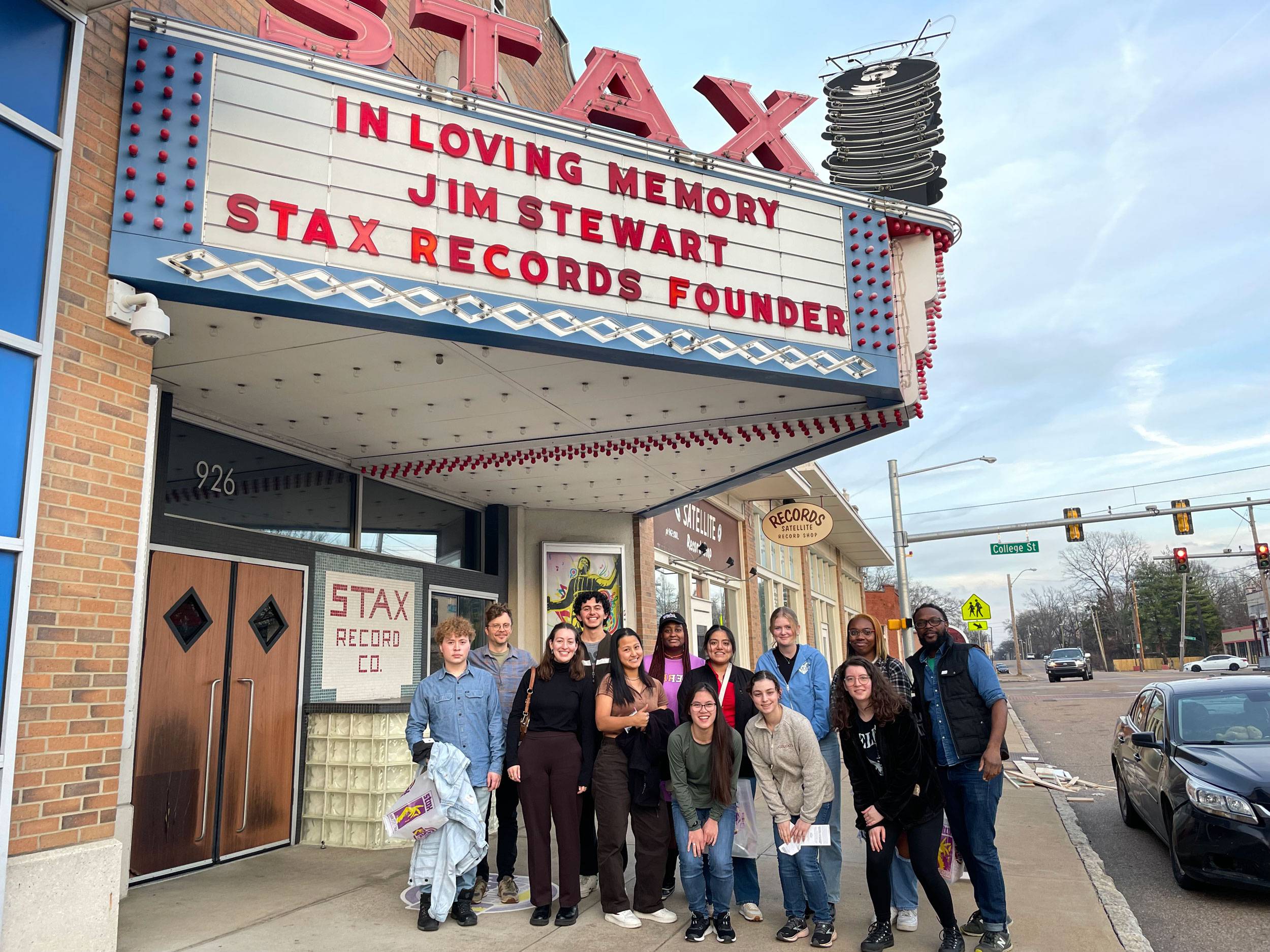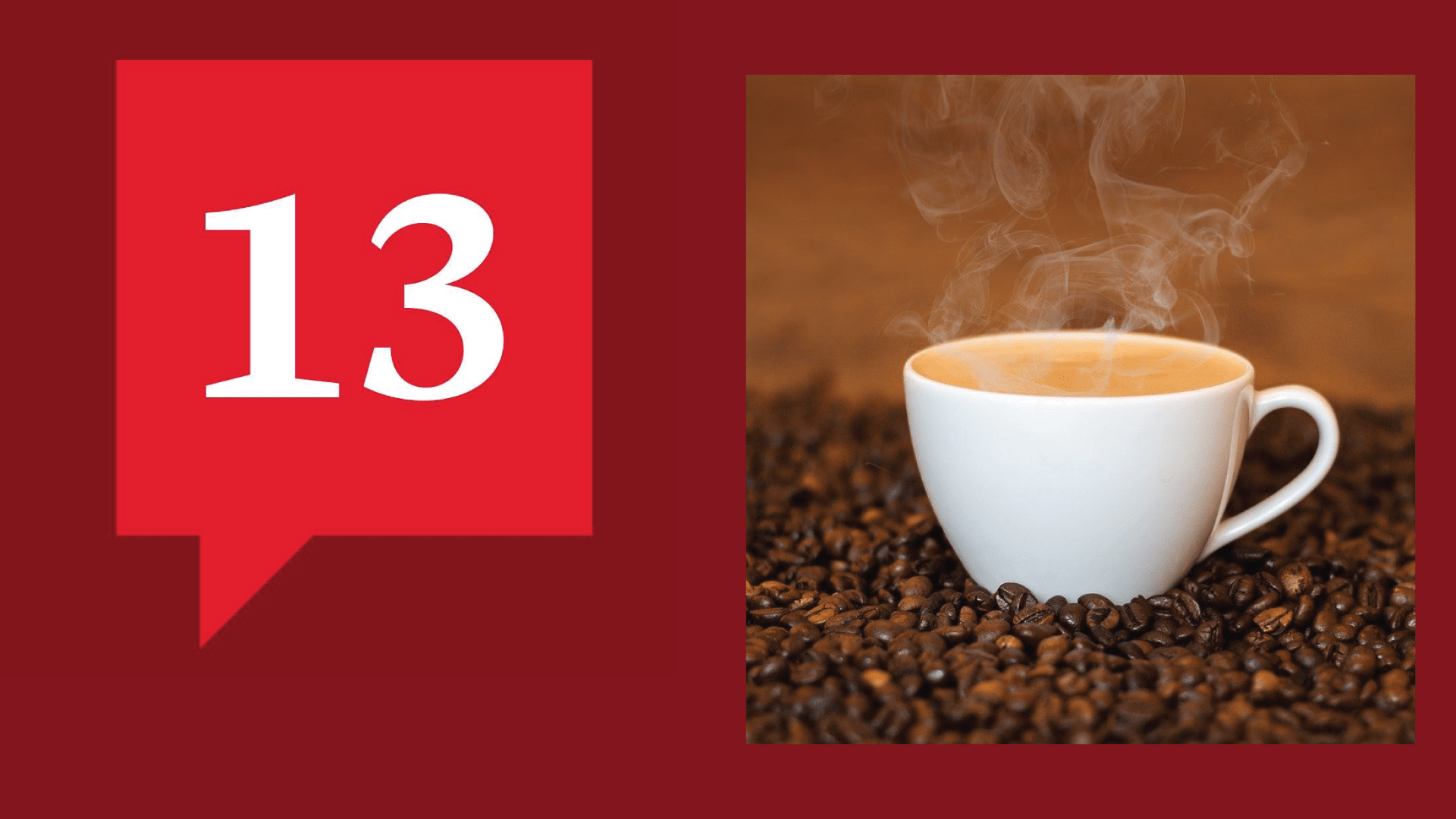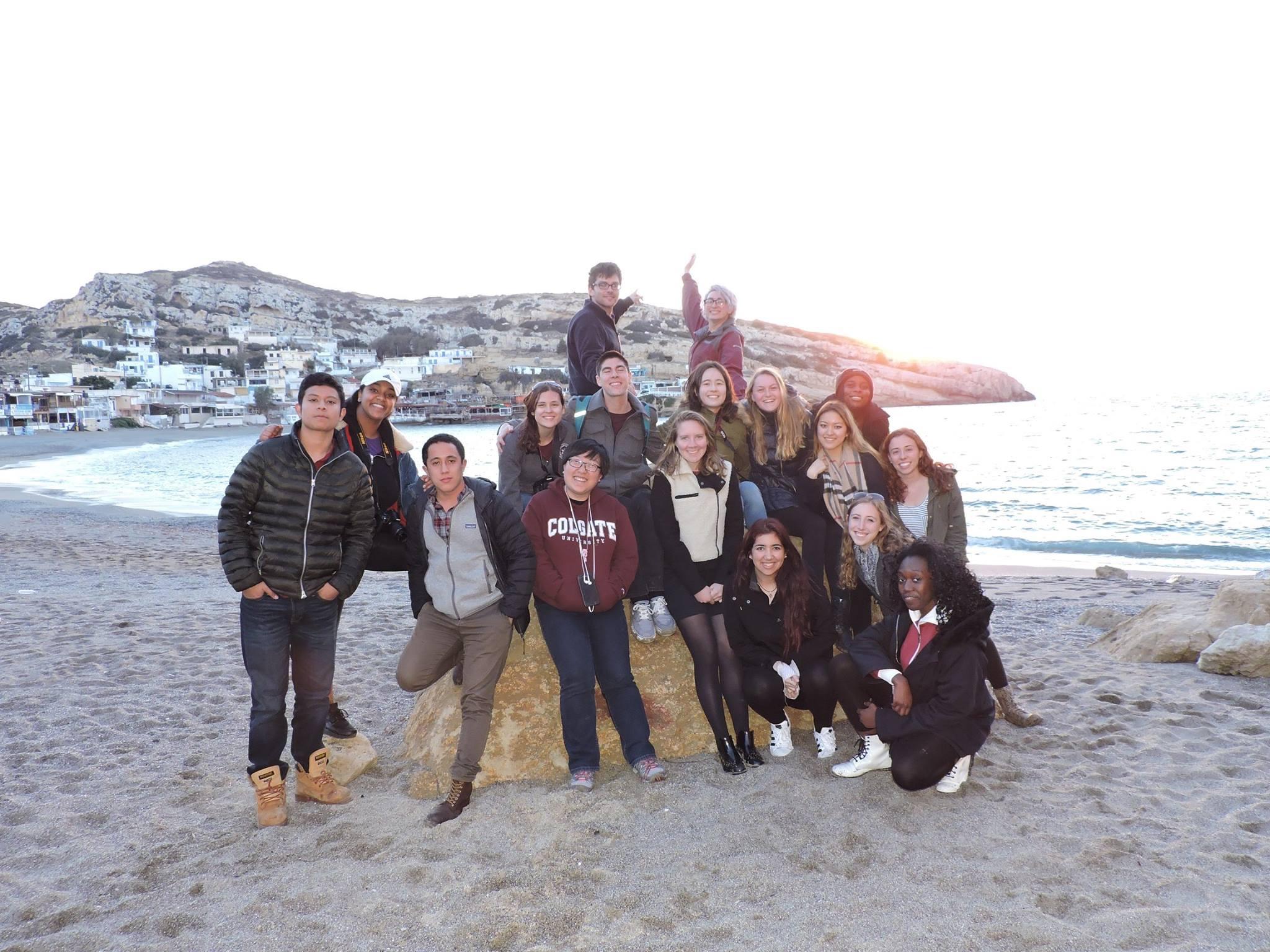During winter break, Colgate University Sophomore Residential Seminar (SRS) students taking Assoc. Professor Benjamin Child’s course ENGL 312: Race, Place, and the U.S. South visited landmark southern cities. The trip, to locations including Nashville and Memphis; New Orleans; and Oxford, Miss., allowed SRS students to form deeper connections with course content and their peers.
In New Orleans, students visited the Backstreet Cultural Museum, a landmark established in 1999 as a testament to the city’s Black culture. It holds a collection of costumes and artifacts on themes ranging from jazz music to Mardi Gras.
“The Backstreet Cultural Museum is located right in the middle of a neighborhood that a lot of tourists don’t necessarily visit,” says Child. “It feels connected to the place, and that is one of our big keywords in the course. It gives you a chance to see how a community would choose to represent itself.”
Further, SRS students discussed the history of music composition in the Black southern community. In Nashville, students visited the National Museum of African American Music. This landmark was opened in 2021 to educate visitors about the genres created and advanced by African American artists.
“The museum was really interactive,” says Rachel Plasky ’25. “Since the curators incorporated both audio and video representations of music, it felt like you were in the music. Just as we discussed in class, you could understand the era that the music came out of and explore the connections between artists — how they inspired each other.”
Students then stopped in Oxford for a day and a half to visit author William Faulkner’s community and his former home, Rowan Oak.
“Rowan Oak was not claimed for several years,” says Child. “But as Faulkner’s reputation has grown locally in Oxford, the residents have tried to embrace it more.”
At Rowan Oak, they took a walking tour related to the novel The Sound of the Fury, which the class had read during the semester. Part of the walking tour included a courthouse that was a prominent symbol in The Sound of the Fury.
“I learned that, at the end of the novel, when the characters go clockwise around the town’s courthouse, this is symbolic of them moving into the future instead of going counterclockwise, or back in time,” says Ruby Macfarlane ’25.
Exploring Southern exhibits like Rowan Oak and its locales expanded Macfarlane’s knowledge of the South’s multicultural history.
“I grew up in a predominantly white community,” says MacFarlane. “It was really important for me to take this course and learn about how race is an integral part of American culture, especially in the South. To see it in the real world brought up a lot of things that I hadn’t considered.”


